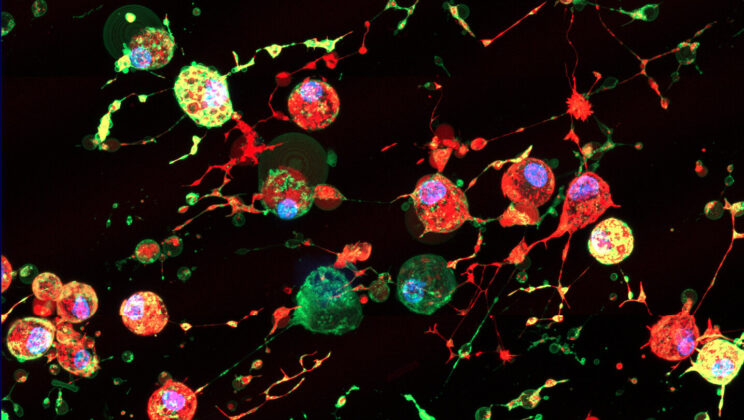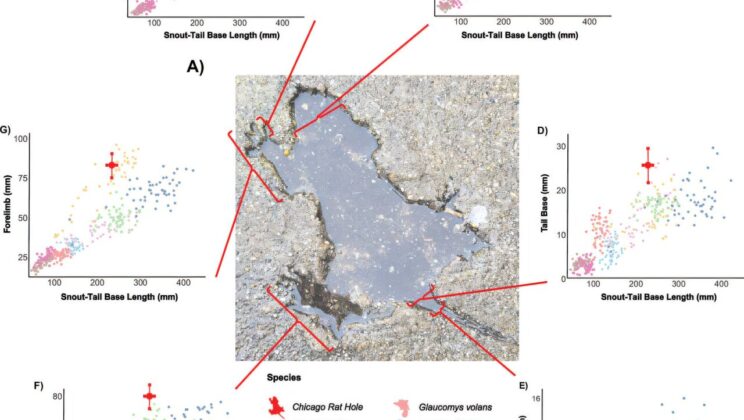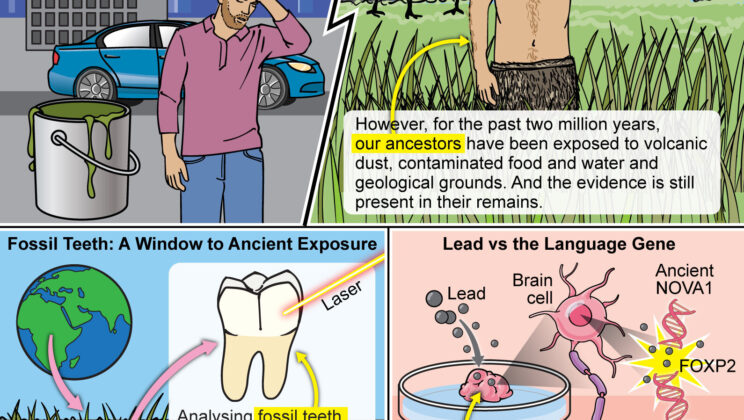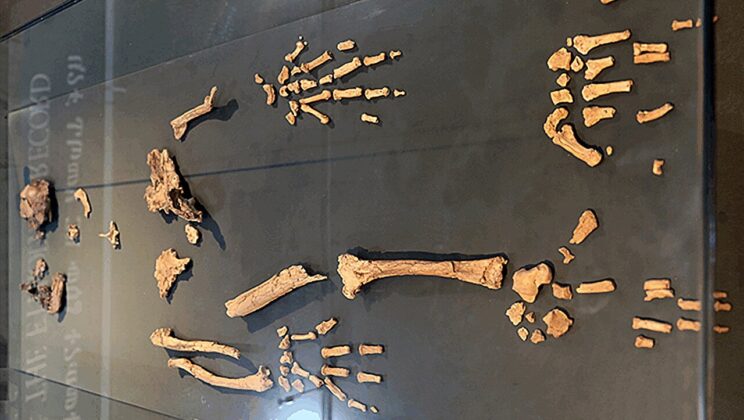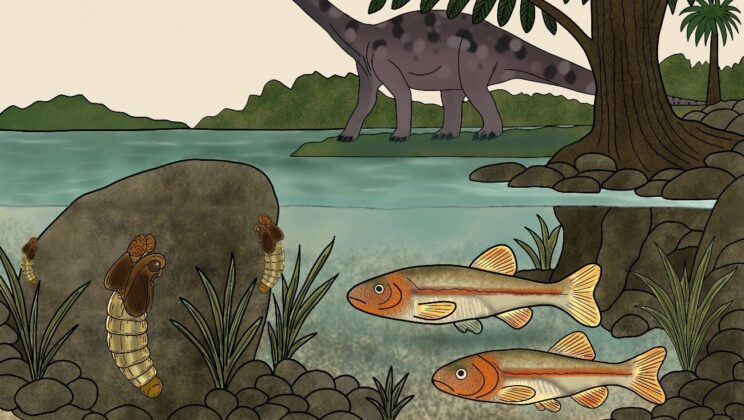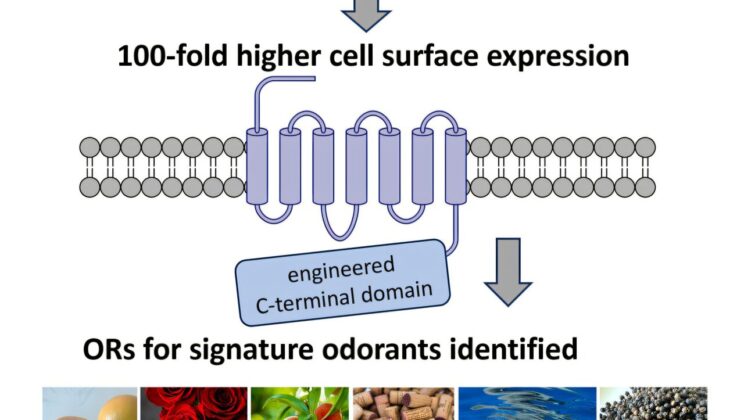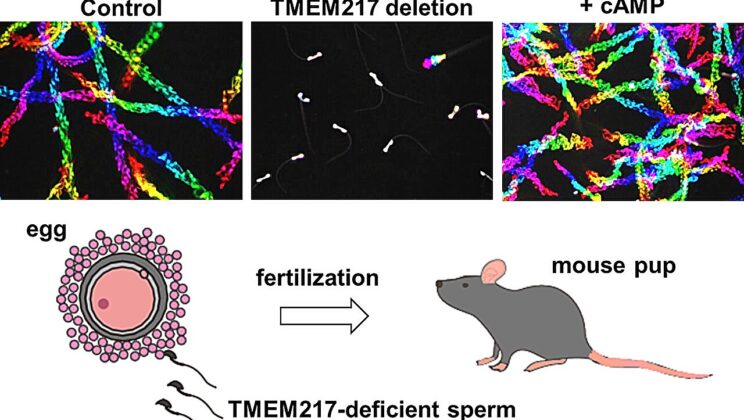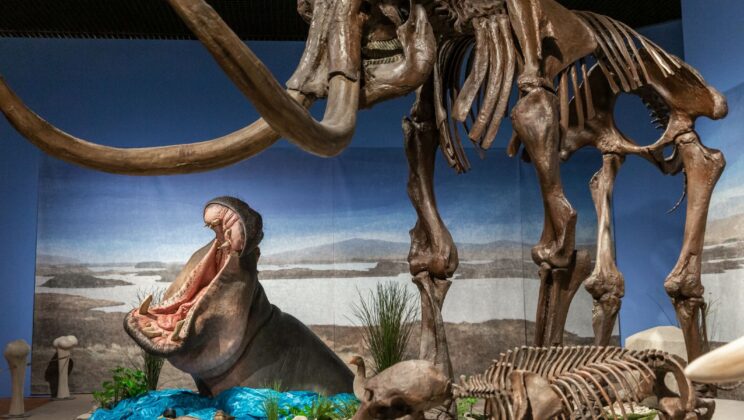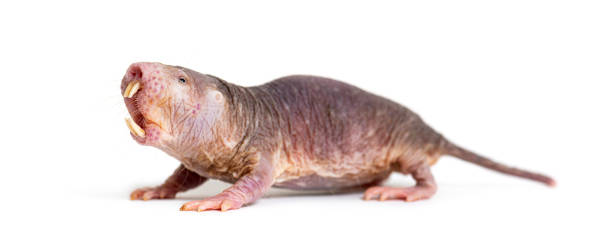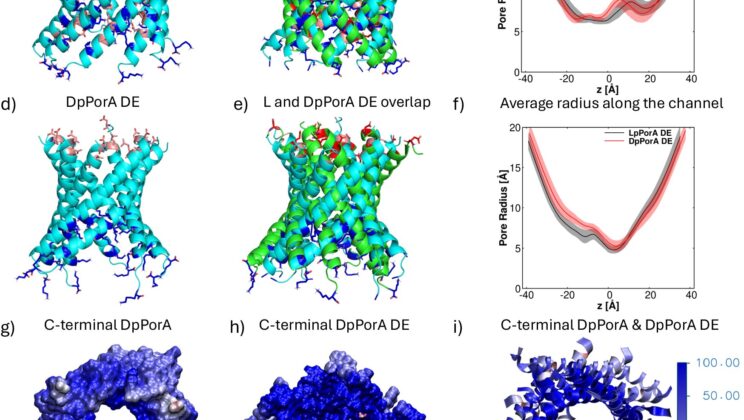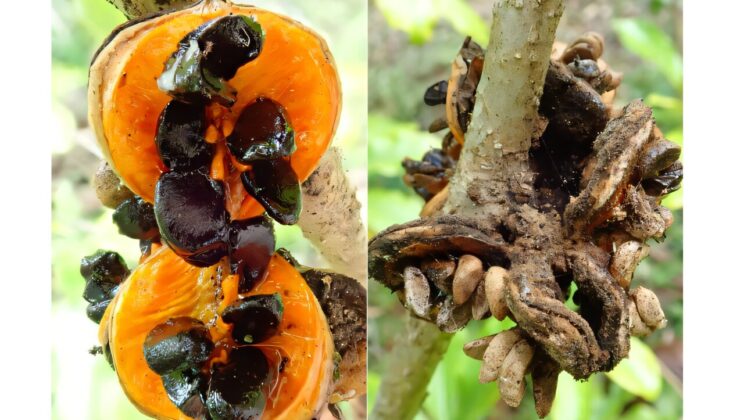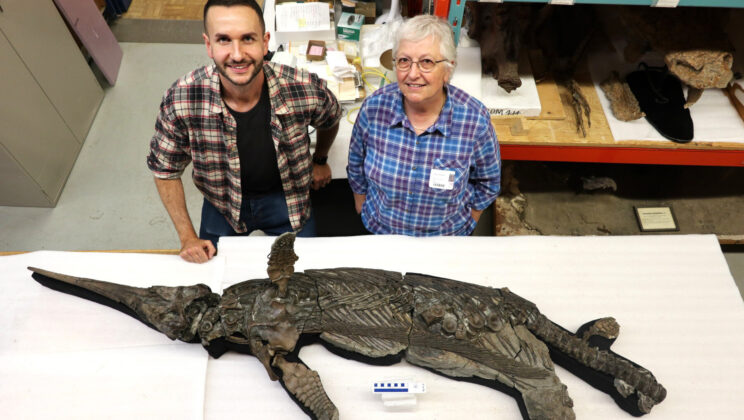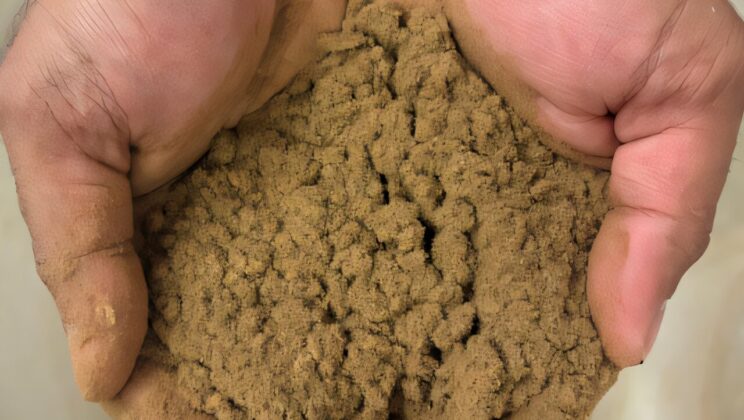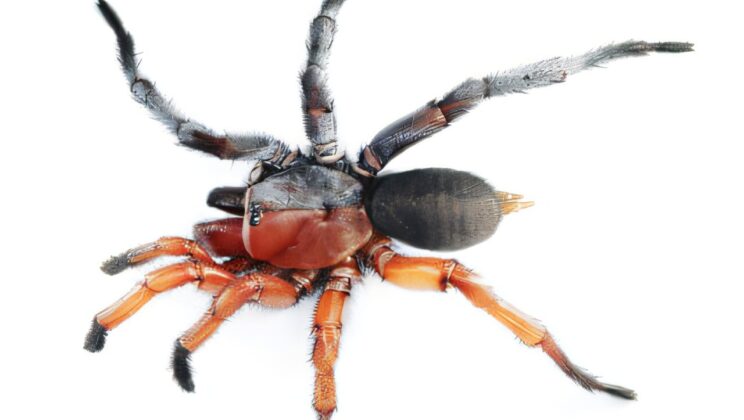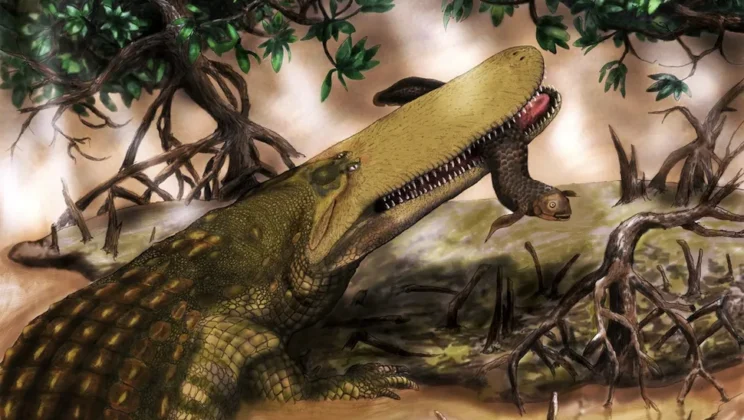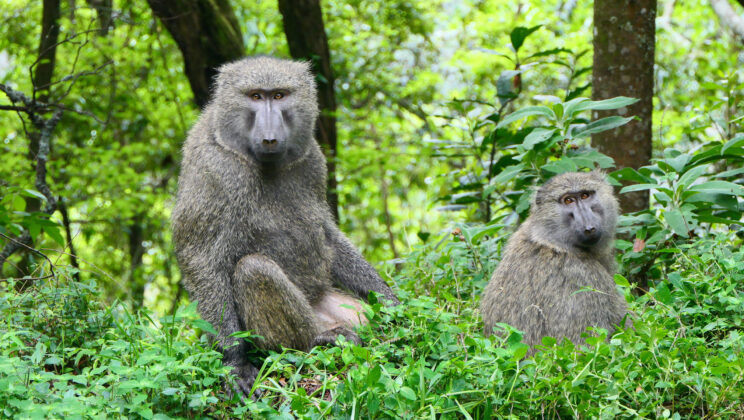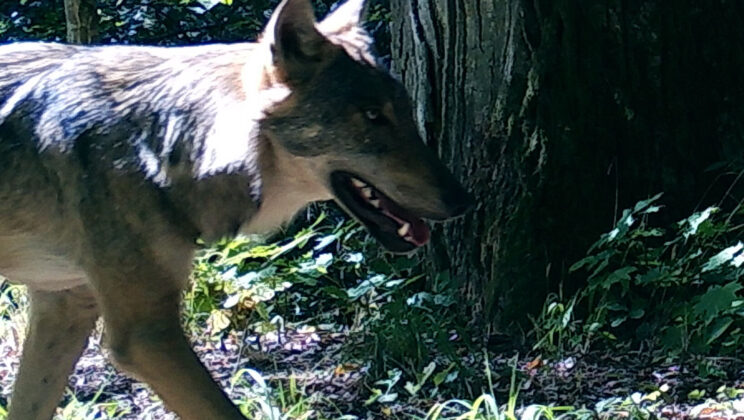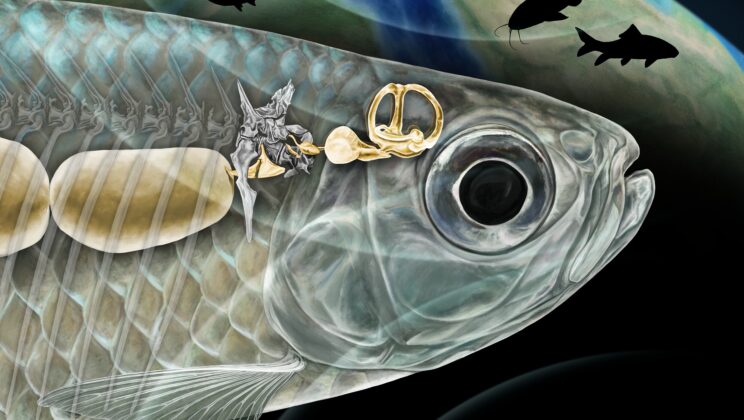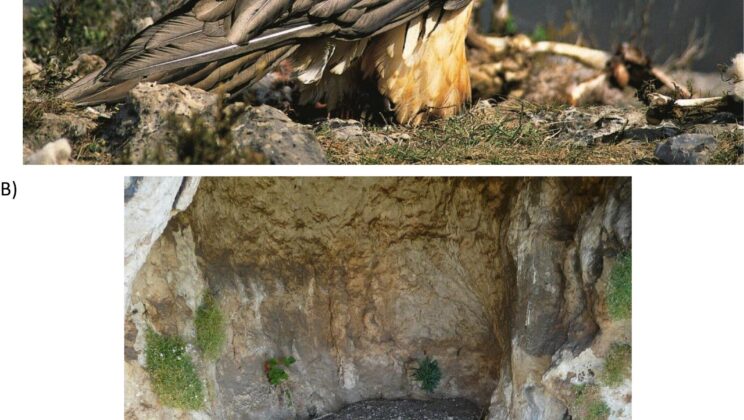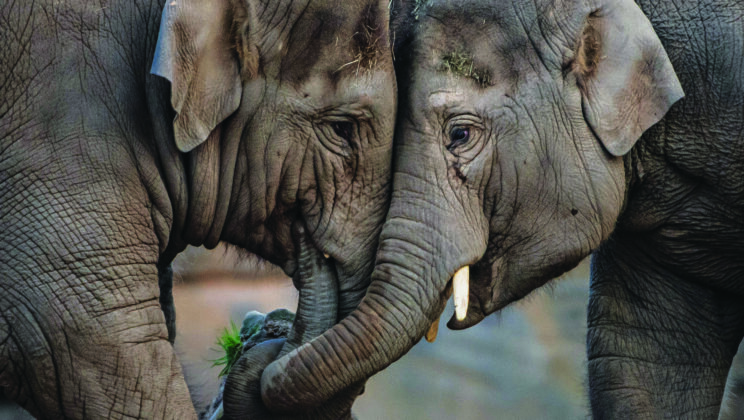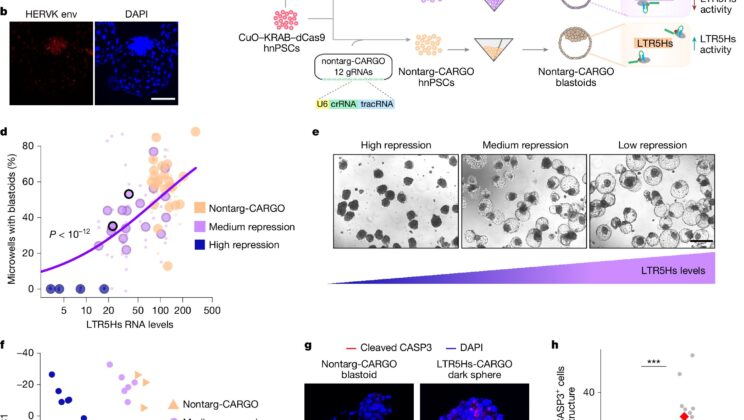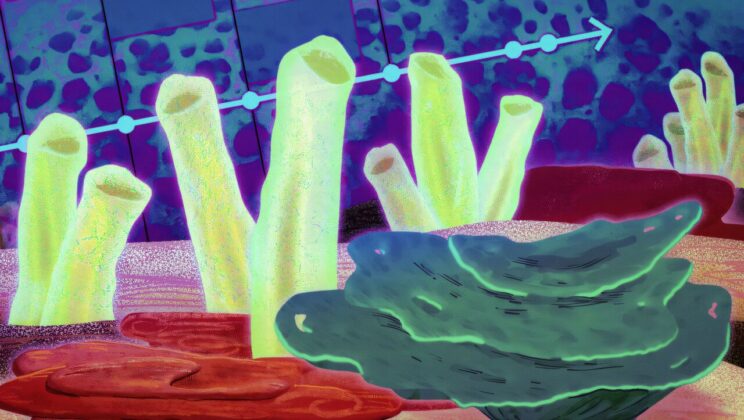Every moment, billions of cells in the human body quietly die and are replaced by new ones. This constant renewal…
Category: Biology
The ‘Chicago Rat Hole’ Wasn’t a Rat at All—Scientists Reveal the Surprising Truth
For more than twenty years, it went unnoticed—a faint, rodent-shaped impression on a stretch of sidewalk in Chicago’s Roscoe Village.…
Did Lead Poisoning Help Create Humanity? Shocking Study Says It May Have Shaped Our Brains—and Language
For decades, the story of lead was one of modern pollution—a tragic byproduct of progress. From leaded gasoline to contaminated…
4.4-Million-Year-Old Fossil ‘Ardi’ Rewrites the Story of Human Evolution—And It’s Not What We Thought
For more than a hundred years, scientists have been piecing together one of the greatest puzzles in existence: the story…
151-Million-Year-Old Fly Fossil Found in Australia Stuns Scientists with Unexpected Adaptation
Around 151 million years ago, long before Australia became the sunburnt land we know today, its landscape was a patchwork…
The Secret Language of Smell Has Been Decoded — and It’s Not What Scientists Expected
Imagine walking into a bakery and being instantly enveloped by the comforting aroma of fresh bread. Or catching the faint…
Scientists Discover “Switch” That Can Instantly Revive Immotile Sperm — and Restore Fertility
Infertility touches the lives of millions of couples worldwide — a deeply emotional and often silent struggle that affects about…
The Ice Age’s Warm Secret — Hippos Lived in Germany 30,000 Years Ago
Imagine standing on the banks of the Upper Rhine in what is now southwestern Germany — not amid vineyards or…
Scientists Discover How Naked Mole-Rats Defy Aging — And It Could Change Human Longevity Forever
Deep beneath the dry grasslands of East Africa, in a maze of winding tunnels, lives a creature that seems to…
Scientists Create First-Ever “Mirror Molecule” Gateway That Could Revolutionize Cancer Treatment
For centuries, nature has shown us a fascinating asymmetry — from the coiling of a snail’s shell to the structure…
Invasive Animals Are Silencing Island Forests — And It’s Worse Than Extinction Itself
Islands have always been nature’s laboratories of life — isolated, intricate worlds where evolution paints its masterpieces. From the singing…
Scientists Discover ‘Sword Dragon of Dorset’ — A 190-Million-Year-Old Sea Predator Frozen in Time
Along the rugged cliffs of England’s Jurassic Coast — a place where time itself seems carved into stone — paleontologists…
This New Eco-Friendly “Seed Powder” Could Make Farming Cleaner, Safer, and More Productive
Across the wide, open fields of modern agriculture, machines hum tirelessly. They dig, plant, and sow with precision, feeding billions…
Scientists Discover a Spider That’s Half Male, Half Female — and It’s Absolutely Stunning
Deep in the lush forested landscape of Nong Rong, Phanom Thuan, in Thailand’s Kanchanaburi province, something remarkable stirred beneath the…
The Ancient Origins of Crocodiles
Imagine the Earth not as we know it today, but as it was hundreds of millions of years ago —…
Why Do Women Live Longer Than Men? Scientists Say the Answer Lies in Evolution
Around the world, women on average live longer than men. This pattern is not bound by borders, cultures, or even…
Wolves Still Fear Us—Even Where They’re Legally Protected, Scientists Say
For centuries, wolves have haunted human imagination. Folklore painted them as shadowy villains, lurking at the edges of villages, waiting…
These Ancient Fish Had Ears Like Ours—and It Transformed Their World
When we think of hearing, we imagine ears shaped like shells, vibrating eardrums, and tiny bones passing sound into the…
Scientists Unearth 600-Year-Old Human Relics Hidden in Giant Vulture Nests
High in the crags of Europe’s mountain ranges, where clouds brush against ancient stone and winds howl through cavern mouths,…
World’s First Elephant Vaccine Trial Offers Hope Against Deadly Virus Killing Calves
Asian elephants are among the most majestic creatures on Earth—icons of strength, wisdom, and deep emotional bonds. Yet, behind their…
You Wouldn’t Exist Without This Ancient Virus Hiding in Your DNA, Study Reveals
Our ancient past is not always buried in ruins or fossils—it also lives within us, written into the deepest layers…
Scientists May Have Found Earth’s First Animal—and It’s Not What You Think
For as long as humans have studied life, we have wondered: what was the very first animal? The fossil record…
